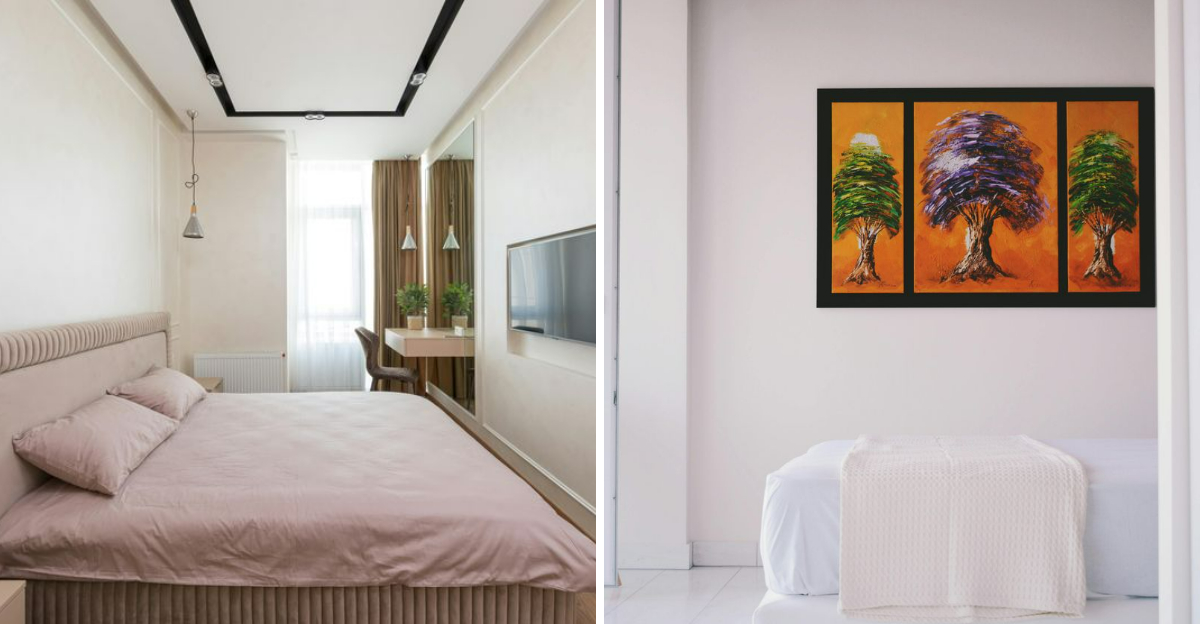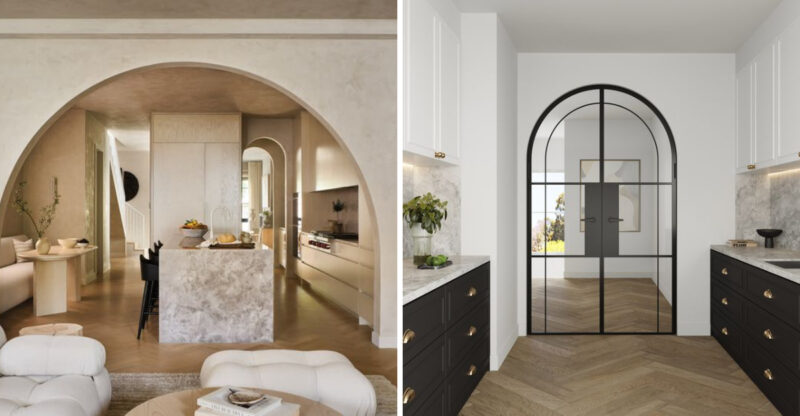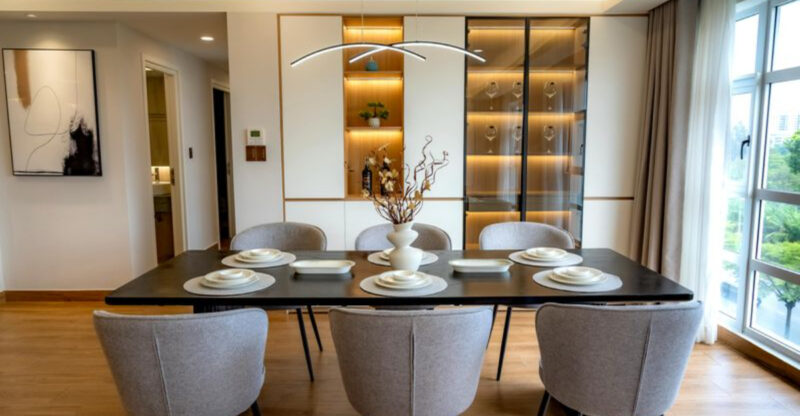Bedroom Design Mistakes That Might Be Overlooked

Your bedroom is meant to be a calm retreat where you can unwind and recharge. Yet, small design choices can unintentionally affect comfort and sleep quality. These subtle details can make a space feel less restful than it should.
Here’s a look at common bedroom design mistakes that often go unnoticed. The advice in this article is general, results may vary depending on room layout, furniture, and personal preferences.
1. Pushing Your Bed Against the Wall
Creating access to your bed from both sides isn’t just about convenience. When you squeeze your bed against the wall, you limit movement and make changing sheets a frustrating chore. This arrangement can also cause relationship tension if someone needs to climb over their partner during the night.
For better flow and balance, try placing your bed with space on both sides. Even a foot of clearance makes a significant difference in how the room feels and functions.
2. Choosing the Wrong Size Nightstands
Have you noticed your bedroom feels slightly off-kilter? The culprit might be mismatched or poorly sized nightstands. Too small, and they become useless for storing essentials. Too large, and they overwhelm the space.
Aim for nightstands that reach approximately the same height as your mattress top. This creates a harmonious line around your bed and keeps everything you need within comfortable reach without awkward stretching or bending.
3. Overlooking Proper Lighting Layers
Relying solely on one bright ceiling light creates harsh shadows and an uncomfortable atmosphere. Effective bedroom lighting requires multiple sources at different heights and intensities.
Consider a combination of ambient lighting (like recessed fixtures), task lighting (bedside lamps for reading), and accent lighting (soft wall sconces). This layered approach allows you to adjust the mood according to different activities and times of day.
4. Selecting a Too-Small Area Rug
That cute little rug beside your bed might look stylish, but it’s probably not doing its job. Undersized rugs create visual choppiness and feel uncomfortable underfoot when you get out of bed.
A properly sized bedroom rug should extend at least 18-24 inches beyond the sides and foot of the bed. This ensures your feet land on something soft and warm each morning, while visually anchoring your furniture arrangement.
5. Installing Fixtures at the Wrong Height
Ever strained your neck looking at artwork hung too high? Or bumped your head on a pendant lamp hanging too low? Incorrect fixture heights create subtle but persistent discomfort in bedrooms.
Wall sconces should sit approximately 60-66 inches from the floor, while the bottom of pendant lights should hang about 28-36 inches above nightstands. Artwork should be at eye level when standing, typically center-aligned at 57-60 inches from the floor.
6. Positioning the TV Directly Across from the Bed
The glow from electronics can seriously disrupt your sleep cycles. Placing a TV directly in your line of sight from bed creates a focal point that encourages screen time right before sleep, exactly when you should be winding down.
Consider relocating your TV to a side wall, or better yet, removing it completely from the bedroom. If you must have one, conceal it in an armoire or cabinet that can be closed when not in use.
7. Using Stimulating Color Schemes
Bright red walls might seem exciting during the day, but they won’t help you drift off at night. Stimulating colors like vivid reds, oranges, and electric blues can subtly increase heart rate and alertness, the opposite of what you want in a sleep space.
Opt for cooler, softer tones like gentle blues, lavenders, or warm neutrals for your bedroom walls and large furnishings. Save those energizing hues for accent pieces that can be easily changed or rooms where alertness is beneficial.






